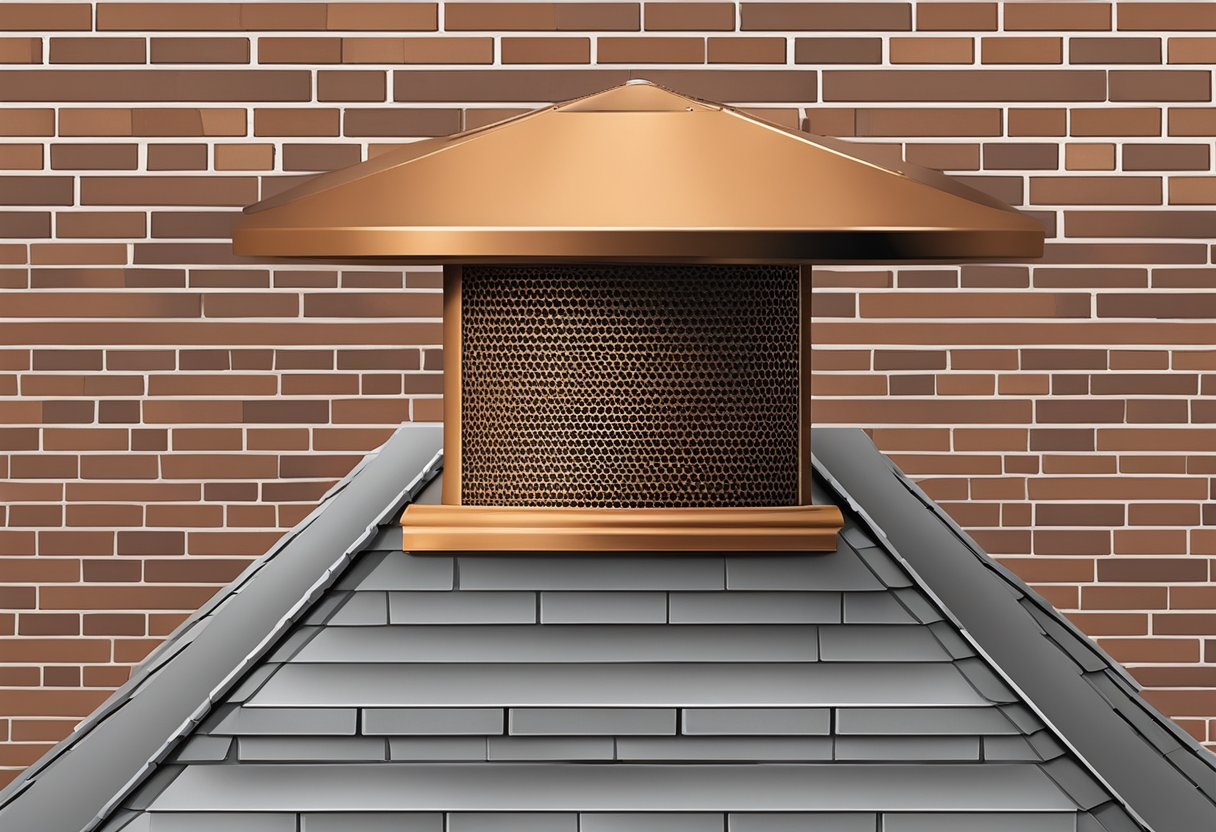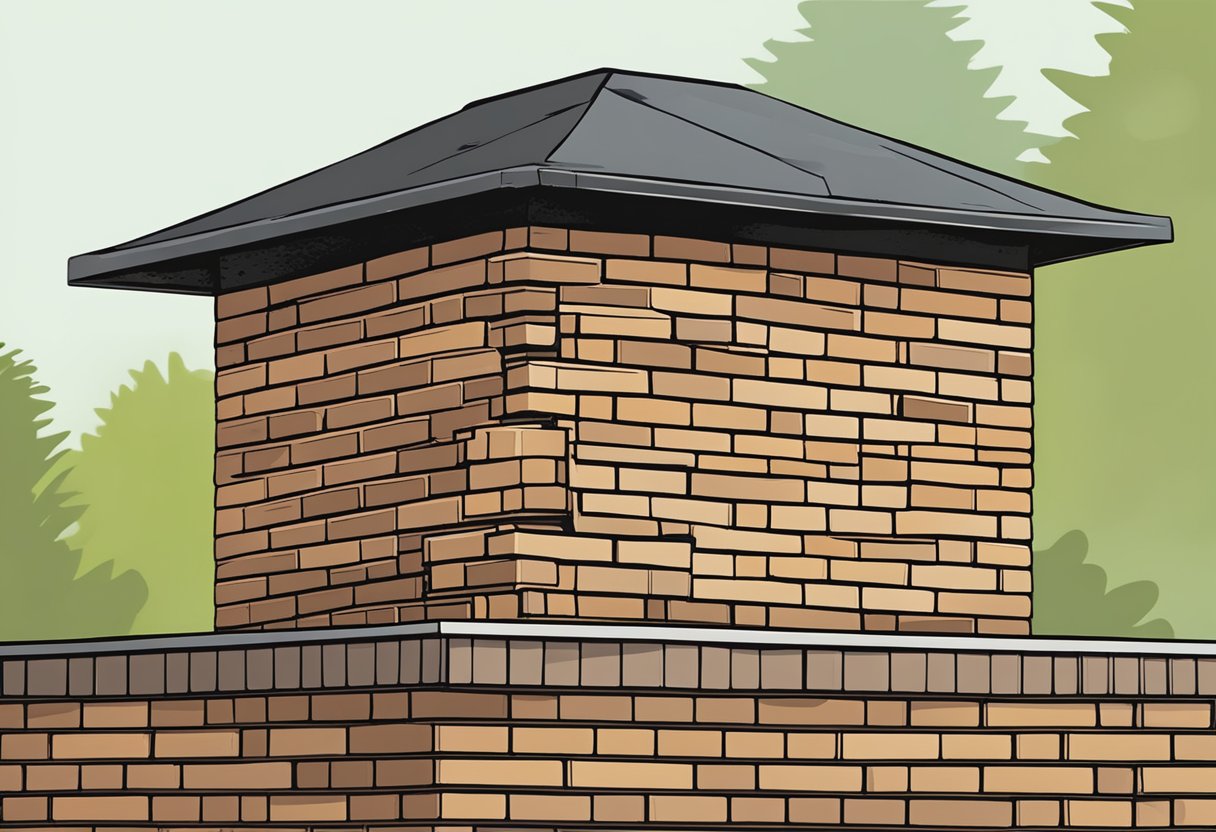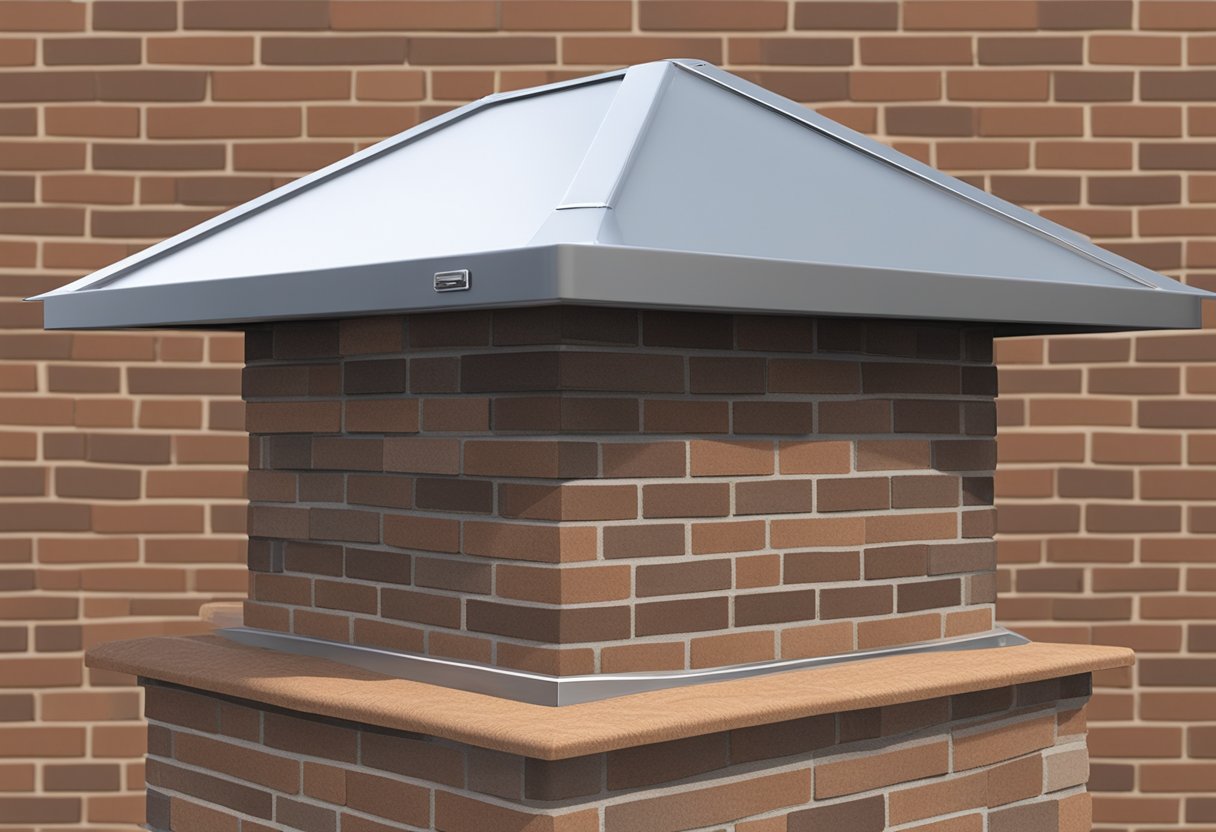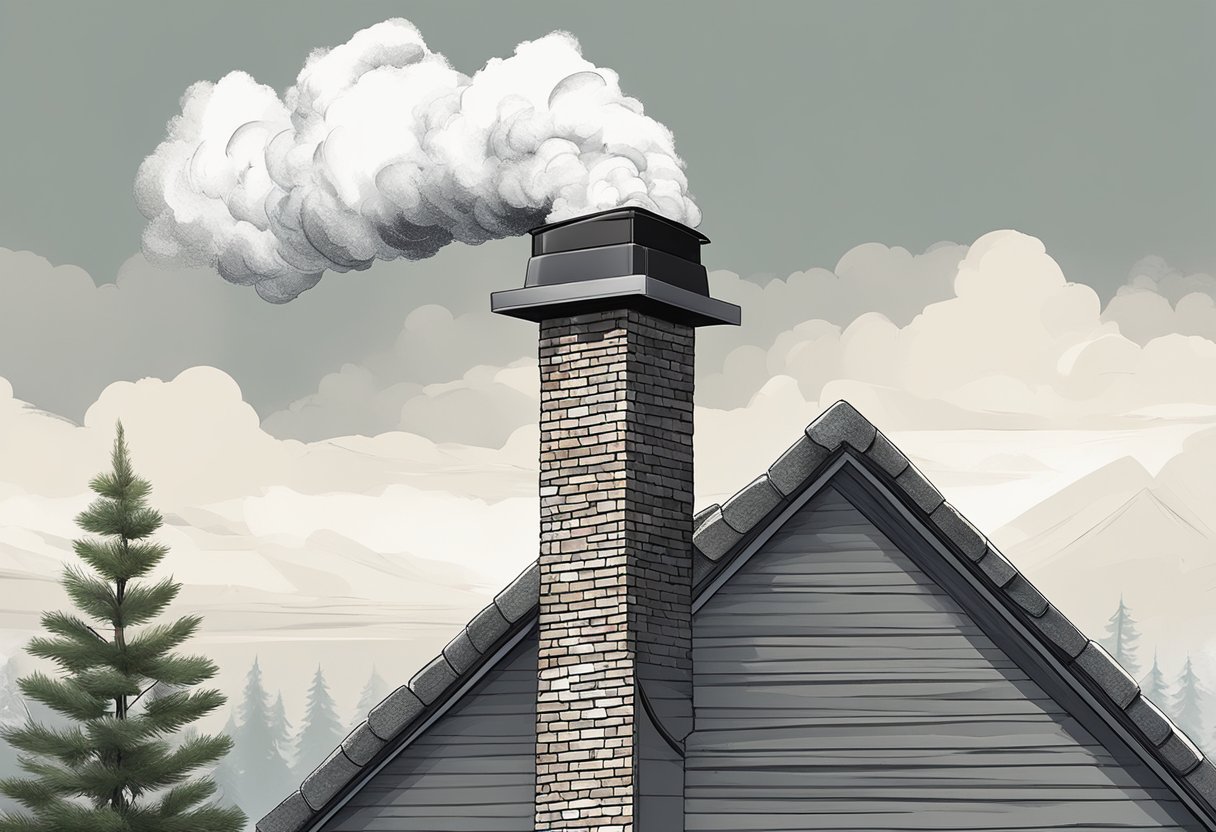The Importance of Chimney Caps: Safeguarding Your Home from Debris and Pests
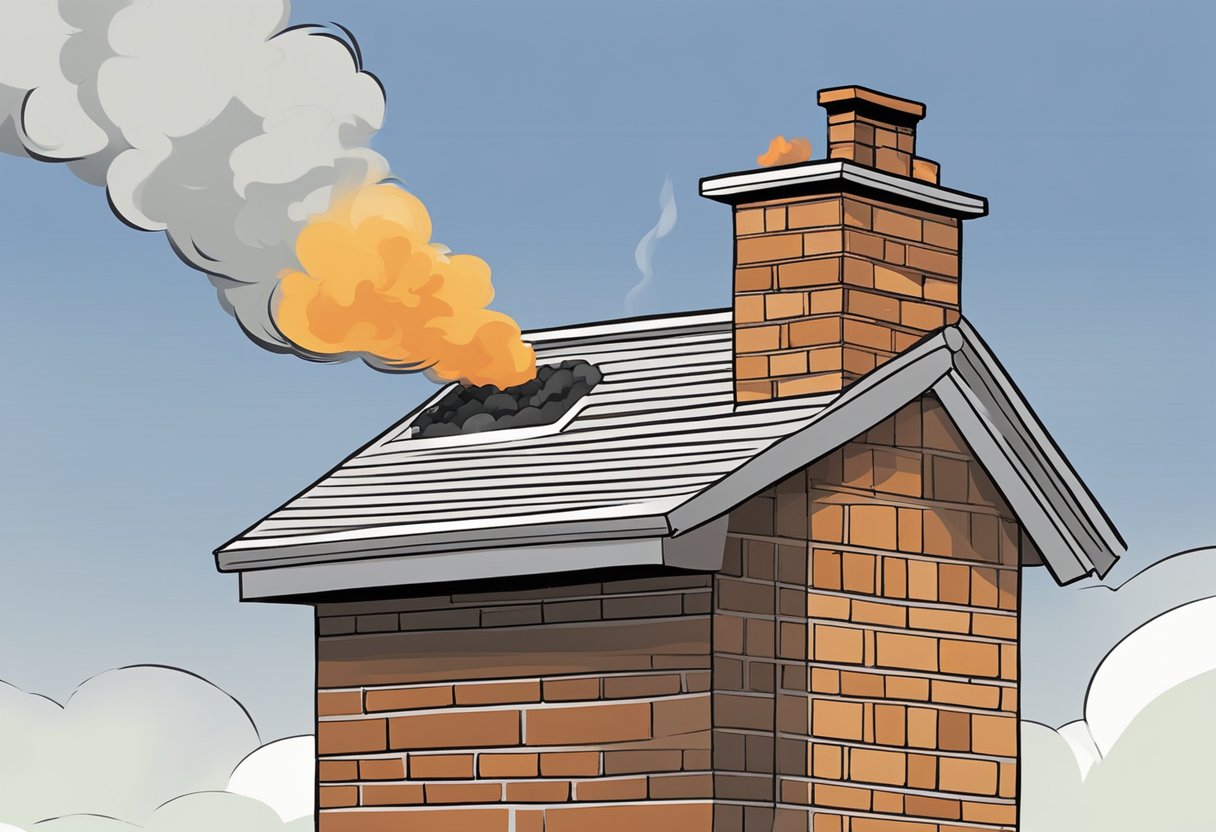
Introduction
Chimney caps are essential components that offer significant protection for our homes. By preventing debris and pests from entering the chimney, these caps help maintain proper airflow and reduce the risk of blockages and fires. Additionally, chimney caps keep unwanted moisture out, protecting the chimney structure from water damage and enhancing its longevity.
A chimney cap acts as a barrier, keeping leaves, branches, and wildlife at bay. This not only ensures the optimal functioning of the chimney but also safeguards the home from potential hazards. Regular maintenance and proper installation of chimney caps can significantly improve home efficiency and comfort.
We can’t overlook the benefits of chimney caps in protecting our investment. With professional installation and routine checks, homeowners can enjoy peace of mind knowing their chimneys are secure from external elements.
Key Takeaways
- Chimney caps prevent debris and pests from entering chimneys.
- Proper installation and maintenance ensure optimal function.
- Chimney caps improve home efficiency and reduce fire risks.
Advantages of Installing Chimney Caps
Installing chimney caps offers significant protective benefits, including preventing water damage, deterring animal intrusions, and reducing fire risks.
Preventing Water and Moisture Damage
One of the primary advantages of chimney caps is their ability to block rain and snow from entering the chimney. Moisture can cause extensive damage, including rust on metal components and erosion of the chimney liner. By preventing water and moisture from infiltrating, we protect our homes from potential structural damage and costly repairs.
Moisture can also lead to mold and mildew buildup, which poses health risks and further damages materials. Chimney caps serve as a barrier, safeguarding the durability of our chimneys and the overall safety of our homes.
Protecting Against Animal Intrusions
Chimney caps are essential for keeping wildlife like birds, squirrels, and other pests from entering our homes. These animals can cause blockages, leading to poor ventilation and a higher risk of carbon monoxide poisoning.
Additionally, animals nesting in chimneys can introduce pests and debris, creating unsanitary conditions and potential fire hazards. By installing a chimney cap with a mesh screen, we can effectively protect our chimneys from such intrusions and ensure the safekeeping of our living environments.
Reducing Risks of Fire Hazards
Chimney caps play a crucial role in fire prevention by keeping debris out of the chimney. Debris accumulation can become a fire hazard if it ignites, especially during dry seasons. A well-fitted chimney cap acts as a spark arrestor, trapping embers and preventing them from escaping the chimney and igniting nearby materials.
Furthermore, the cap helps maintain optimal airflow, ensuring that smoke is properly directed up and out of the chimney, thereby reducing the risk of backdrafts and furthering our commitment to home safety.
Essential Features of Chimney Caps
Chimney caps offer crucial protection from both external elements and internal fire hazards. Their design and materials ensure durability, while mesh screens and spark arrestors provide additional safety.
Designs and Materials
When choosing a chimney cap, designs and materials play a vital role. Chimney caps come in various types, including standard caps, draft-increasing caps, and custom caps. The material used significantly impacts durability and longevity. Common materials include stainless steel, copper, and galvanized steel.
Stainless steel caps are highly durable and resistant to rust, making them an excellent choice for long-term use. Copper caps, on the other hand, offer an aesthetic appeal and naturally develop a patina, which some homeowners find attractive. Galvanized steel caps are cost-effective but may not last as long due to their susceptibility to rust.
Each material has its advantages. Stainless steel is praised for its longevity, while copper is favored for its unique appearance. Galvanized steel provides a balance between affordability and durability but requires regular maintenance.
Mesh Screens and Spark Arrestors
Mesh screens and spark arrestors are integral features of chimney caps that enhance safety. Mesh screens prevent debris, such as leaves and twigs, from entering the chimney. This helps maintain proper ventilation and reduces the risk of blockages that can lead to dangerous build-ups of smoke and carbon monoxide.
The size of the mesh matters; a smaller mesh size offers better protection against small pests like birds and squirrels trying to enter the chimney. This not only safeguards the home from potential infestations but also ensures a clear flue for efficient airflow.
Spark arrestors are designed to contain lit embers and prevent them from escaping the chimney, which can potentially ignite a fire on the roof. This feature is particularly important for homes with roofs that are not entirely fireproof.
By selecting a cap with the right combination of mesh screen and spark arrestor, we can significantly enhance the safety and efficiency of our chimney systems.
Chimney Cap Maintenance and Care
Regular maintenance of your chimney cap is essential to prevent damage, avoid hazards, and ensure the longevity of your chimney system.
Routine Inspections
We should inspect our chimney caps at least once a year. These inspections help us identify any damage, such as rust or corrosion, that might compromise the cap’s integrity. Severe weather conditions and constant exposure to the elements can lead to wear and tear over time.
Identifying broken or missing parts during these inspections is crucial. This might include cracks, holes, or loosening of the cap. Catching these issues early can prevent more significant problems like blockages or animal infestations.
For detailed assessments, we might consider reaching out to professional maintenance services. Their expertise can ensure a thorough check and any necessary repairs, maintaining the cap’s effectiveness.
Cleaning and Upkeep
Cleaning our chimney cap is essential to clear out any accumulated debris like leaves, twigs, and soot. We should perform this task seasonally, especially in areas prone to heavy foliage or harsh weather conditions.
Using a brush, we can sweep away visible debris from the cap. Additionally, it’s important to check and clean the screens that prevent animals from entering the chimney. Over time, these screens can get clogged, reducing airflow and creating potential fire hazards.
If we notice any signs of rust or corrosion, applying a protective sealant can help preserve the chimney cap. Regular upkeep prolongs the life of the cap and ensures our chimney system remains safe and efficient.
The Installation Process
Installing a chimney cap is a crucial step in protecting your home from debris and pests. Making sure the cap fits properly and deciding whether to hire a professional or do it yourself are key considerations.
Choosing the Right Size and Fit
Selecting the proper chimney cap hinges on taking accurate measurements of the flue. We start by measuring the length and width of the flue opening to ensure the chimney cap fits securely. It’s essential for the cap to cover the entire flue opening and sit snugly on the crown, preventing gaps where debris or animals could enter.
Flue caps come in various sizes and materials, such as steel and copper mesh. Opting for durable materials can extend the life of your cap and minimize maintenance. The precision in measurement is critical to avoid structural damage and ensure our investment is secure. An ill-fitting cap can compromise the chimney’s functionality and safety, necessitating future chimney repair.
Professional Versus DIY Installation
When deciding whether to perform the installation ourselves or hire a professional, we need to consider the complexities involved. Professional installers bring expertise and tools that guarantee a precise fit and secure installation. They conduct thorough inspections and make any necessary repairs to the chimney crown or flue before installing the cap.
For DIY enthusiasts, installing a chimney cap can be a cost-effective option. However, we must ensure that safety precautions are in place, such as using a sturdy ladder and wearing proper gear. Cleaning the crown and removing any debris before attaching the chimney cap is essential. DIY installations require meticulous attention to detail to achieve the same level of precision and security that professionals offer.
Impact on Home Efficiency and Comfort
Chimney caps play a crucial role in maintaining home efficiency and comfort by preventing downdrafts and reducing energy bills. They also help to enhance air quality by improving ventilation and blocking harmful gases.
Preventing Downdrafts and Heat Loss
One significant advantage of chimney caps is their ability to prevent downdrafts. These occur when cold air from outside flows down the chimney into the home, causing a draft and making heating systems work harder. By installing a chimney cap, we create a barrier that stops these downdrafts.
In addition to preventing downdrafts, chimney caps help reduce heat loss. Without a cap, warm air can escape through the chimney, decreasing the overall energy efficiency of our home. The cap acts as a shield, keeping warm air inside and preventing the loss of heated air. This contributes directly to a more comfortable indoor environment, especially in colder months.
Reducing Energy Bills and Enhancing Air Quality
Chimney caps also help in lowering energy bills. By minimizing heat loss and blocking downdrafts, our heating systems operate more efficiently, leading to reduced energy consumption. Over time, this efficiency translates to noticeable savings on our energy bills.
Moreover, chimney caps enhance indoor air quality. They improve ventilation by allowing smoke and harmful gases to escape while preventing external pollutants from entering. The screens on the sides of the cap protect against animals and debris, which can block the chimney and cause dangerous buildups of smoke and gases inside the home. This results in cleaner, safer air for us to breathe.
For more information on how chimney caps can improve home efficiency, you can visit This Old House or Ageless Chimney.
Buy Our Chimney Caps
Ready to enhance your chimney’s efficiency and safety? Purchase our chimney caps today and experience the benefits of protecting your home from debris, pests, and moisture. Don’t wait—upgrade your chimney system now!
Frequently Asked Questions
Chimney caps play a crucial role in preventing water damage, animal infestations, debris blockages, and fire hazards. They also help maintain the structural integrity of the chimney.
How do chimney caps prevent water damage to chimneys?
Chimney caps protect against water intrusion by covering the chimney opening. This prevents rain, snow, and sleet from entering the flue. By keeping the interior dry, chimney caps help reduce the risk of brick and mortar deterioration, which can be expensive to repair.
Can a chimney cap help prevent animal nesting in my chimney?
Yes, chimney caps are designed with mesh screens that block animals such as birds, squirrels, and raccoons from entering the chimney. These screens create a barrier that prevents these creatures from building nests or getting trapped inside, thus reducing the risk of blockage and potential damage.
Are there any disadvantages to installing a chimney cap?
One potential disadvantage is that the cap might restrict airflow if it is not correctly sized or installed. This can affect the efficiency of the chimney. Regular maintenance and choosing the appropriate cap can mitigate these issues.
What types of debris can a chimney cap protect against?
Chimney caps can effectively block leaves, branches, and other debris from entering the chimney flue. These elements, if unchecked, can accumulate and obstruct airflow, posing a fire hazard and reducing the efficiency of the chimney.
How does a chimney cap improve fire safety in the home?
Chimney caps prevent combustible debris from entering the flue, which can ignite and cause a chimney fire. They also block downdrafts that can blow smoke and sparks into the living space, thus enhancing overall fire safety.
In what ways does a chimney cap contribute to maintaining chimney structure integrity?
By keeping water, debris, and animals out, chimney caps help in preserving the chimney’s structural components. Moisture is a significant cause of damage to masonry and metal parts, so a cap ensures these elements remain in better condition over time.

 We Ship Anywhere USA & Canada
We Ship Anywhere USA & Canada



